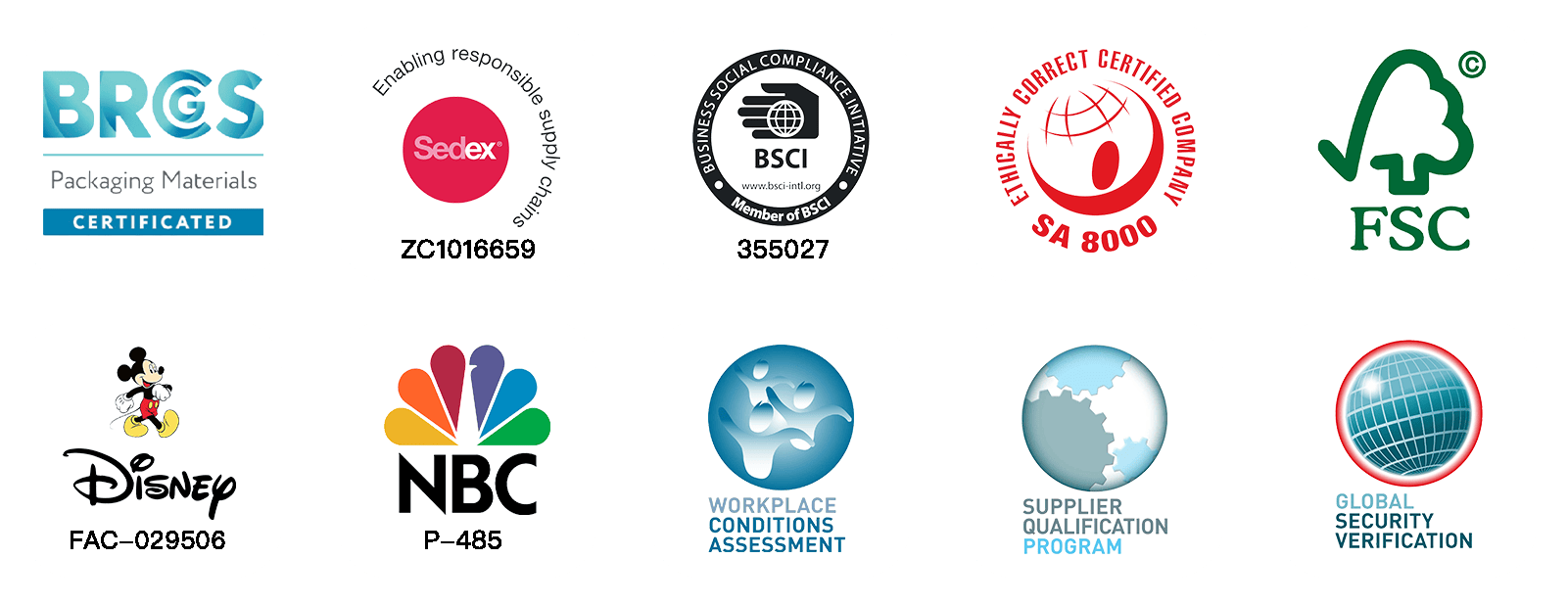Opening Thoughts on Packaging
Packaging has always been an integral part of my consumer experience. Unboxinga product for the first time is like unwrapping a present, filled with anticipation and excitement. It was during one such moment that I had my first real encounter with the significance of packaging. The careful arrangement of the items, the protective layers, and the attention to detail made me realize that packaging is more than just a wrapper; it’s the first line of defense for the product inside.
Understanding why packaging matters goes beyond its role as a mere covering. It serves as a crucial element in safeguarding the product from damage and contamination. This realization led me to appreciate how packaging acts as the first line of defense, ensuring that the contents remain intact and unharmed until they reach the consumer.
The Core Functions of Packaging
When it comes to packaging, its core functions extend far beyond just being a mere covering. Let’s delve into the essential roles that packaging plays in the realm of consumer goods.
Protection and Containment
The primary function of packaging is to ensure the safeguarding of the product throughout its journey from production to consumption. It acts as a shield, shielding the contents from external factors such as impact, moisture, and temperature variations. This protective role is crucial in maintaining the integrity and quality of the product, ultimately ensuring customer satisfaction upon unboxing.
Furthermore, packaging serves the vital purpose of keeping the contents together. Whether it’s a delicate electronic device or a fragile food item, effective packagingprevents items from shifting or breaking during handling and transportation. By securely containing the product, it minimizes the risk of damage and maintains its presentation until it reaches the hands of the consumer.
Communication: The Silent Salesman
Beyond protection, packaging acts as a silent salesman, communicating essential information to consumers without uttering a word. The design, color scheme, and imagery on the packaging convey brand identity and product attributes at first glance. Additionally, informative details such as nutritional facts, usage instructions, and safety warnings are prominently displayed to guide consumers in their purchasing decisions.
In essence, packaging serves as an ambassador for the product it encases – silently conveying messages about quality, value, and safety while standing out amidst numerous options on store shelves.

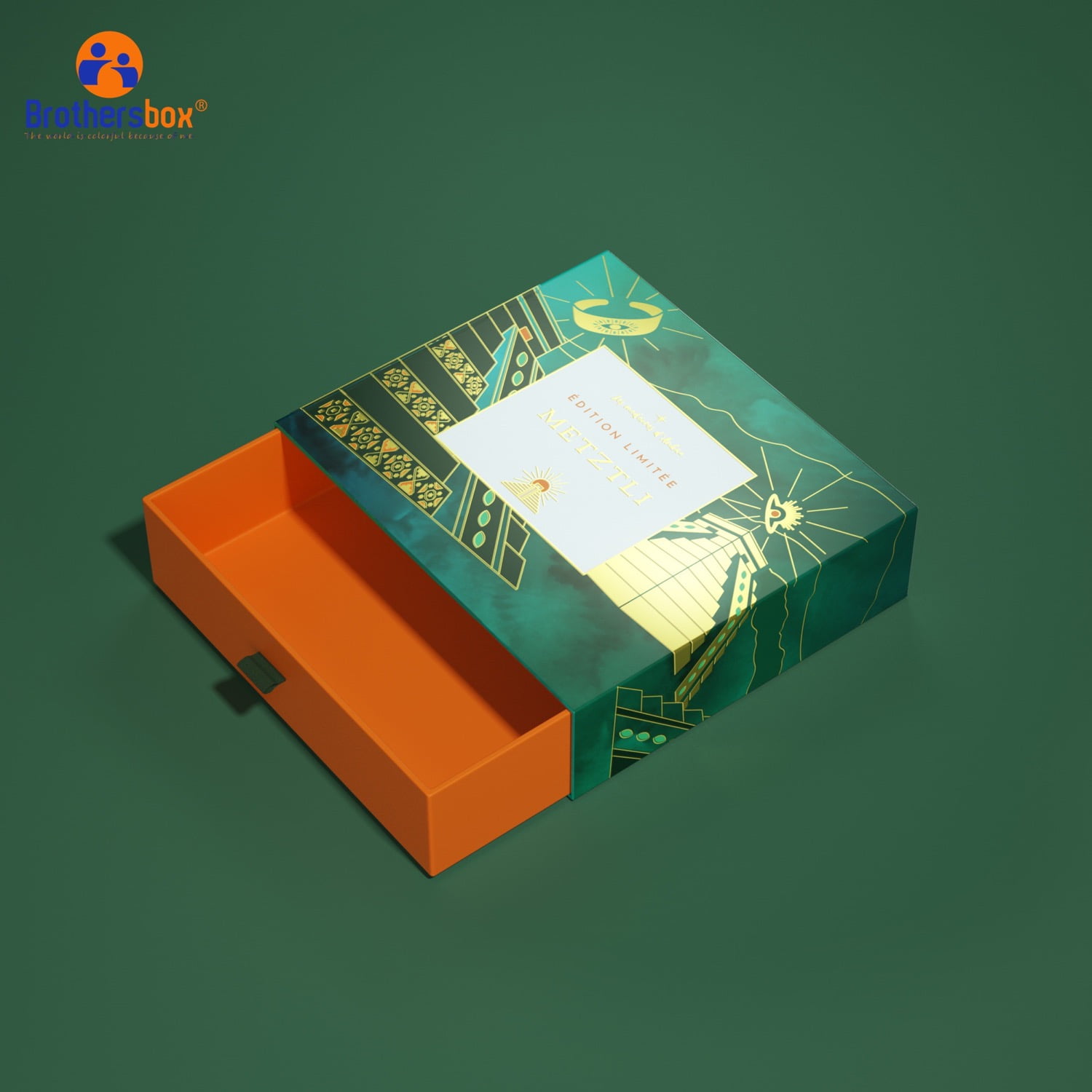

The Layers of Packaging
Understanding Primary Packaging
When it comes to packaging, primary packaging serves as the initial layer of defense for the product, directly coming into contact with its contents. This can include bottles, jars, or boxes that hold the actual product and are designed to preserve its quality and integrity. For instance, a glass jar containing a face cream not only protects the cream from external elements but also showcases the product’s texture and color, providing consumers with a glimpse of what they’re purchasing.
In everyday life, primary packaging is evident in various forms. From the cereal box that houses breakfast cereals to the pouch that holds snack items, these containers serve as the first point of interaction between consumers and the products they intend to purchase. The design and functionality of primary packaging play a pivotal role in influencing consumer perception and purchasing decisions.
The Role of Secondary Packaging
Secondary packaging acts as a support system for primary packaging, offering an additional layer of protection during transportation and storage. It includes cardboard boxes, cartons, or trays that hold multiple units of the product together. For example, a cardboard box containing individual packets of tea not only safeguards the tea packets but also provides branding opportunities through printed designs and information.
The purposes served by secondary packaging are diverse. It ensures convenience in handling multiple units of products, facilitates efficient stacking for storage purposes, and offers ample space for branding elements such as logos, promotional messages, and product details. Moreover, secondary packaging plays a crucial role in ensuring that products reach consumers in optimal condition while reinforcing brand recognition.
Tertiary Packaging: The Unsung Hero
Tertiary packaging often operates behind the scenes but plays a vital role in bulk handling and transport processes. It involves pallets, stretch wrap, shipping containers, and other materials used to secure large quantities of products for distribution. This unsung hero ensures that products remain stable during transit and minimizes damage risks associated with handling and long-distance transportation.
Its importance in logistics cannot be overstated. Tertiary packaging streamlines warehouse operations by facilitating organized storage and transportation processes. By securing products in bulk quantities efficiently, it contributes to cost-effective supply chain management while safeguarding goods against potential hazards during transit.
Packaging as a Marketing Tool
In the realm of consumer goods, packaging serves as a powerful marketing tool, capturing the attention of potential buyers and influencing their purchasing decisions.
Attracting the Consumer’s Eye
The visual elements of packaging play a pivotal role in attracting the consumer’s eye. Color, design, and brand identity are carefully integrated to create an immediate impact on the viewer. Vibrant hues and captivating graphics not only distinguish a product from its competitors but also evoke emotional responses, shaping consumers’ perceptions even before they engage with the actual product. Moreover, brand identity embedded within the packaging design fosters recognition and loyalty, establishing a connection between consumers and their preferred products.
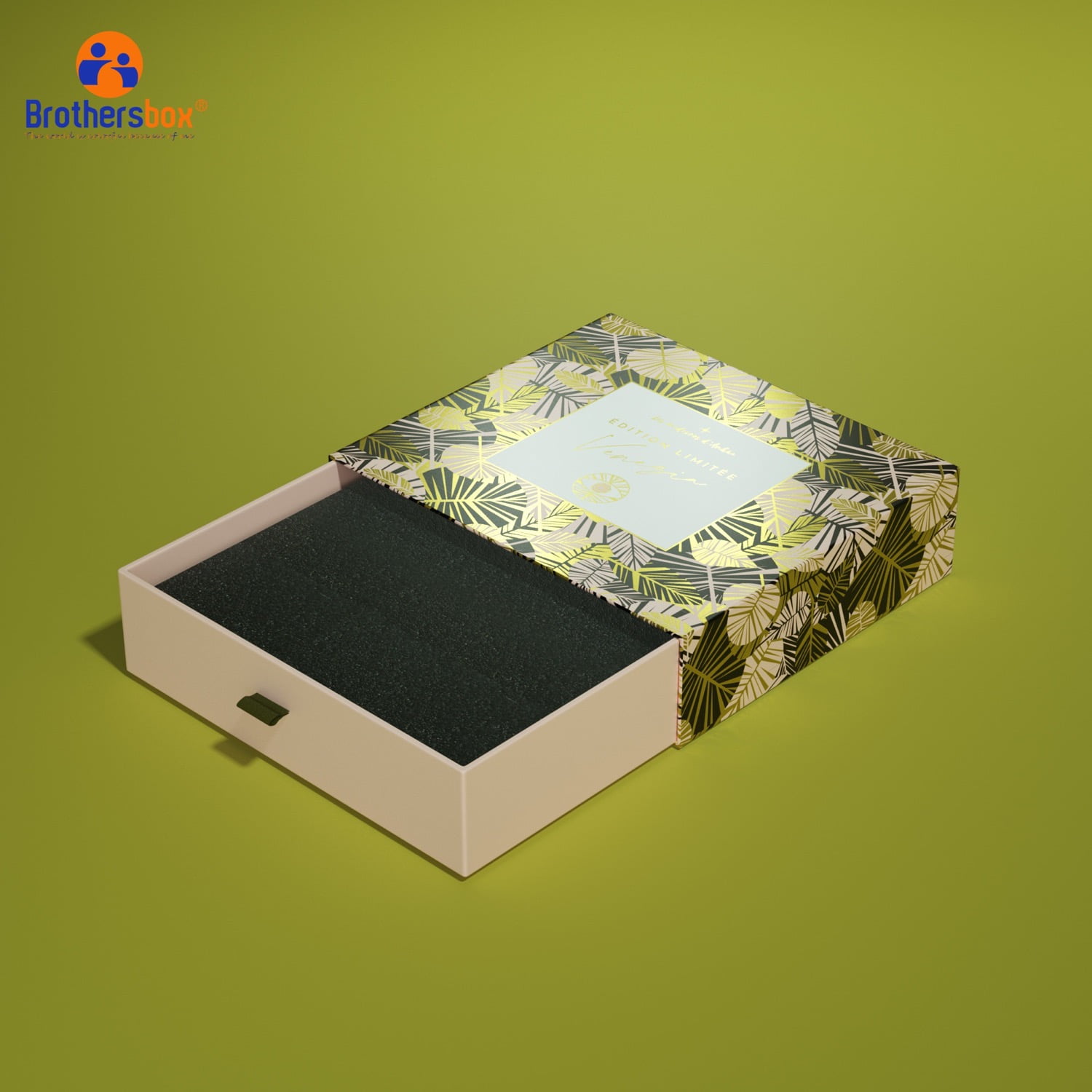
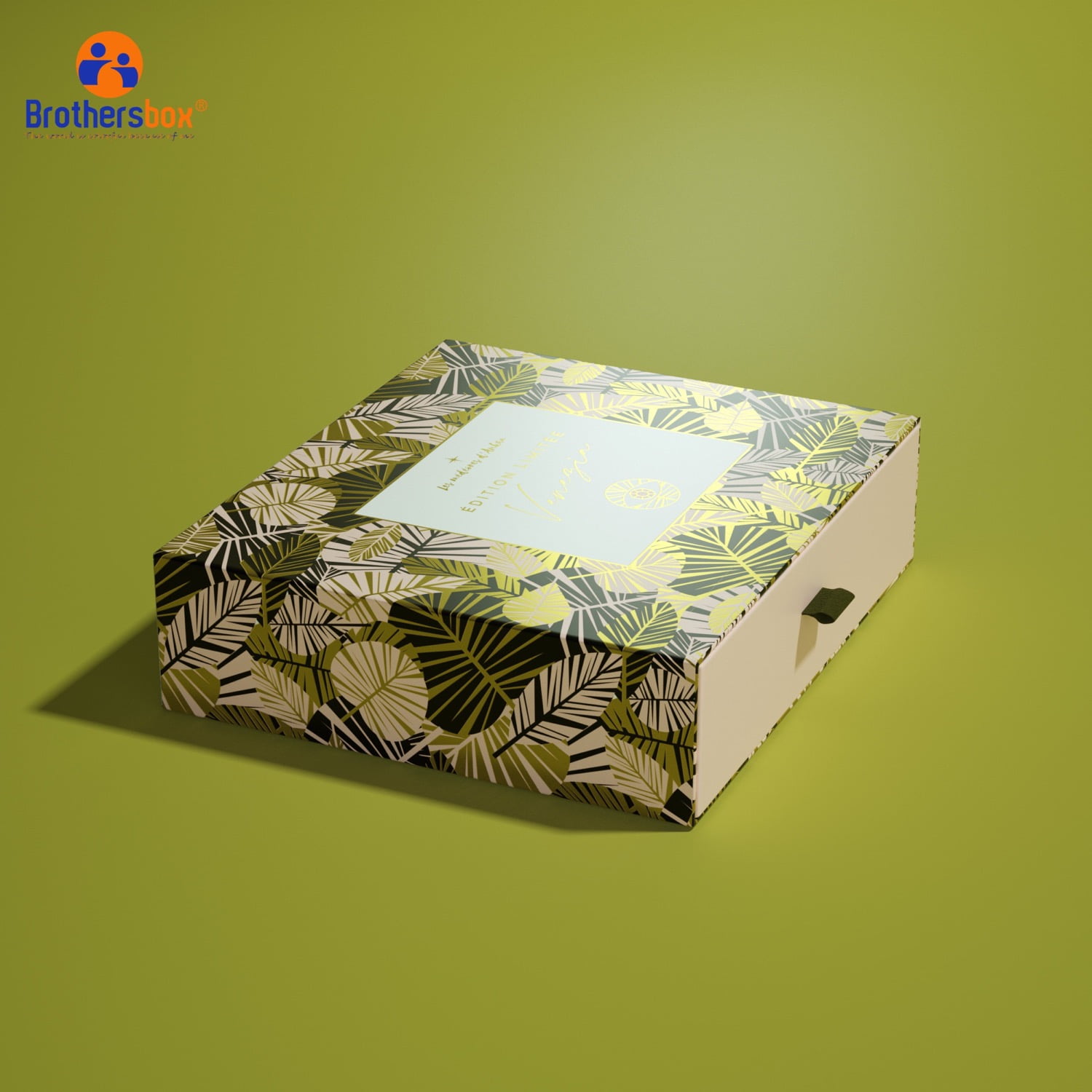
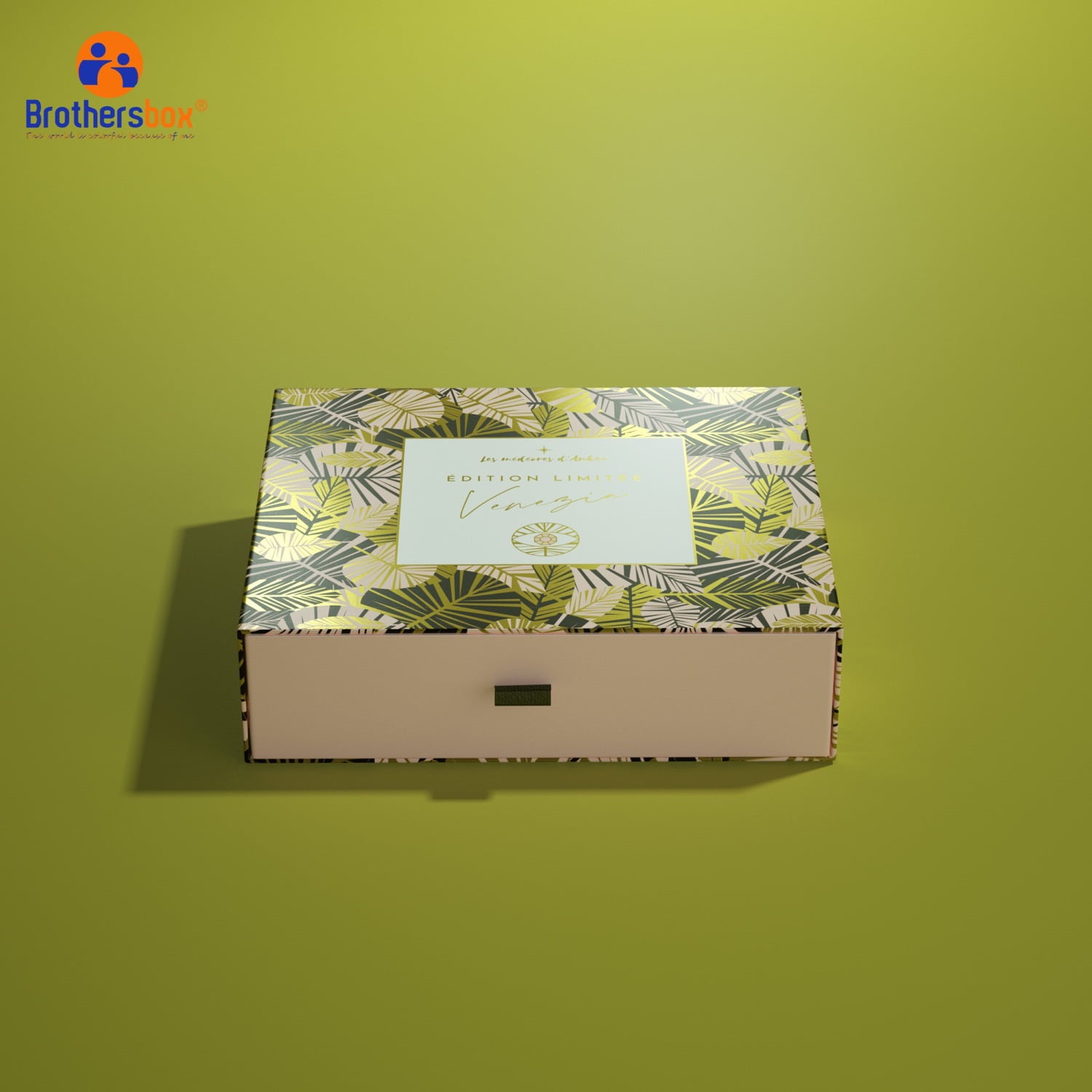
Delving deeper into consumer behavior, it’s fascinating to explore the psychology behind packaging choices. The strategic use of colors, imagery, and typography can evoke specific emotions and associations in consumers’ minds. For instance, warm tones may convey comfort and familiarity, while sleek designs might exude modernity and sophistication. Understanding these nuances allows brands to tailor their packaging to resonate with their target audience on a subconscious level.
Packaging Innovations and Sustainability
In response to evolving consumer demands for eco-friendly practices and convenience, packaging innovations have surged in recent years. Brands are increasingly embracing sustainable materials and designs that reduce environmental impact while maintaining functionality.
Responding to Consumer Demands
Consumers today seek more than just visually appealing packaging; they prioritize sustainability and ethical practices. As a result, brands are incorporating recyclable materials, biodegradable packaging options, and reduced plastic usage into their packaging solutions. This shift aligns with consumers’ values while empowering them to make environmentally conscious choices during their shopping experiences.
Examples of Innovative Packaging
Innovative packaging solutions abound across various industries. From compostable food containers to refillable cosmetic jars, brands are reimagining traditional packaging methods to minimize waste generation without compromising on quality or aesthetics.
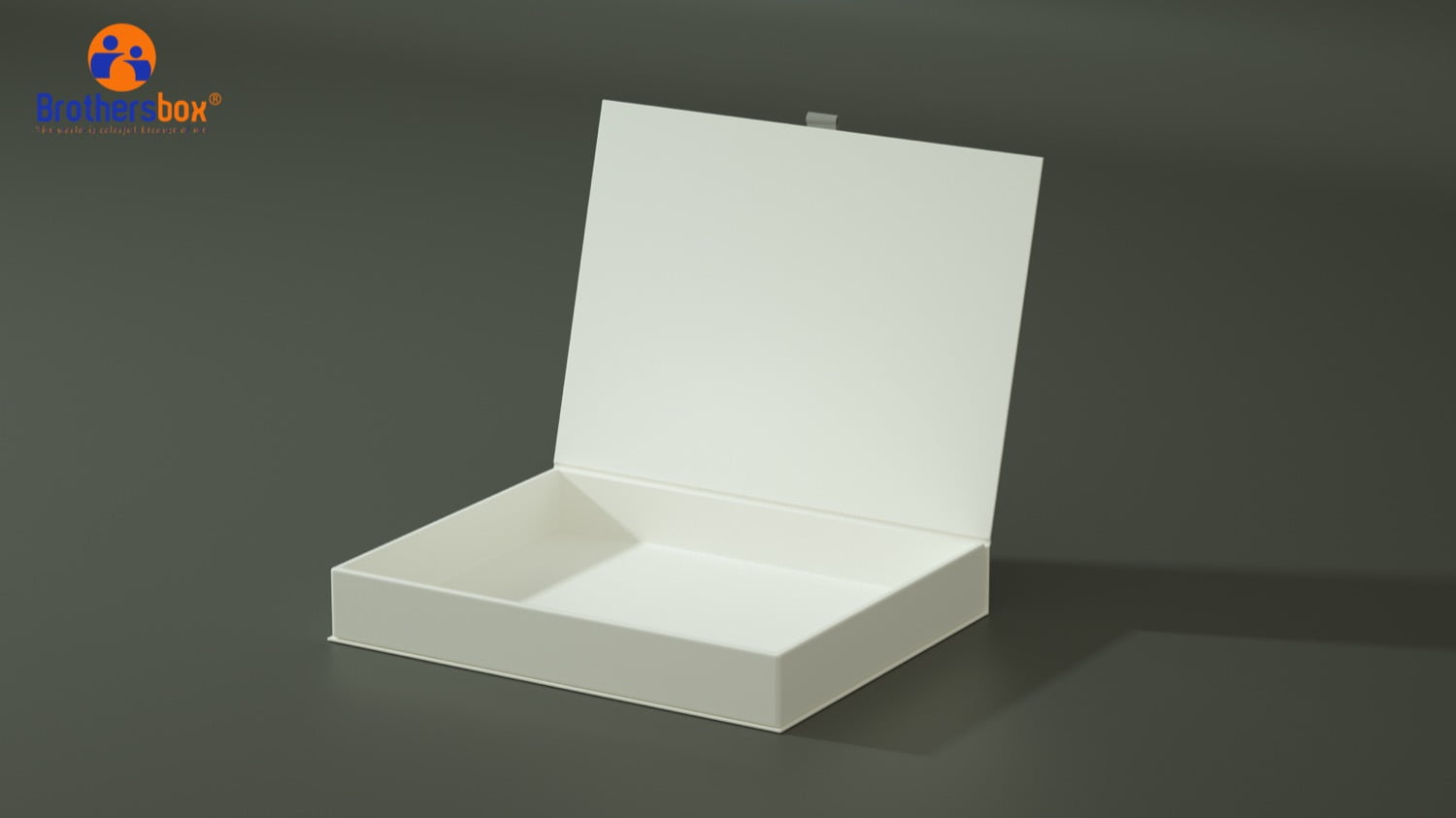
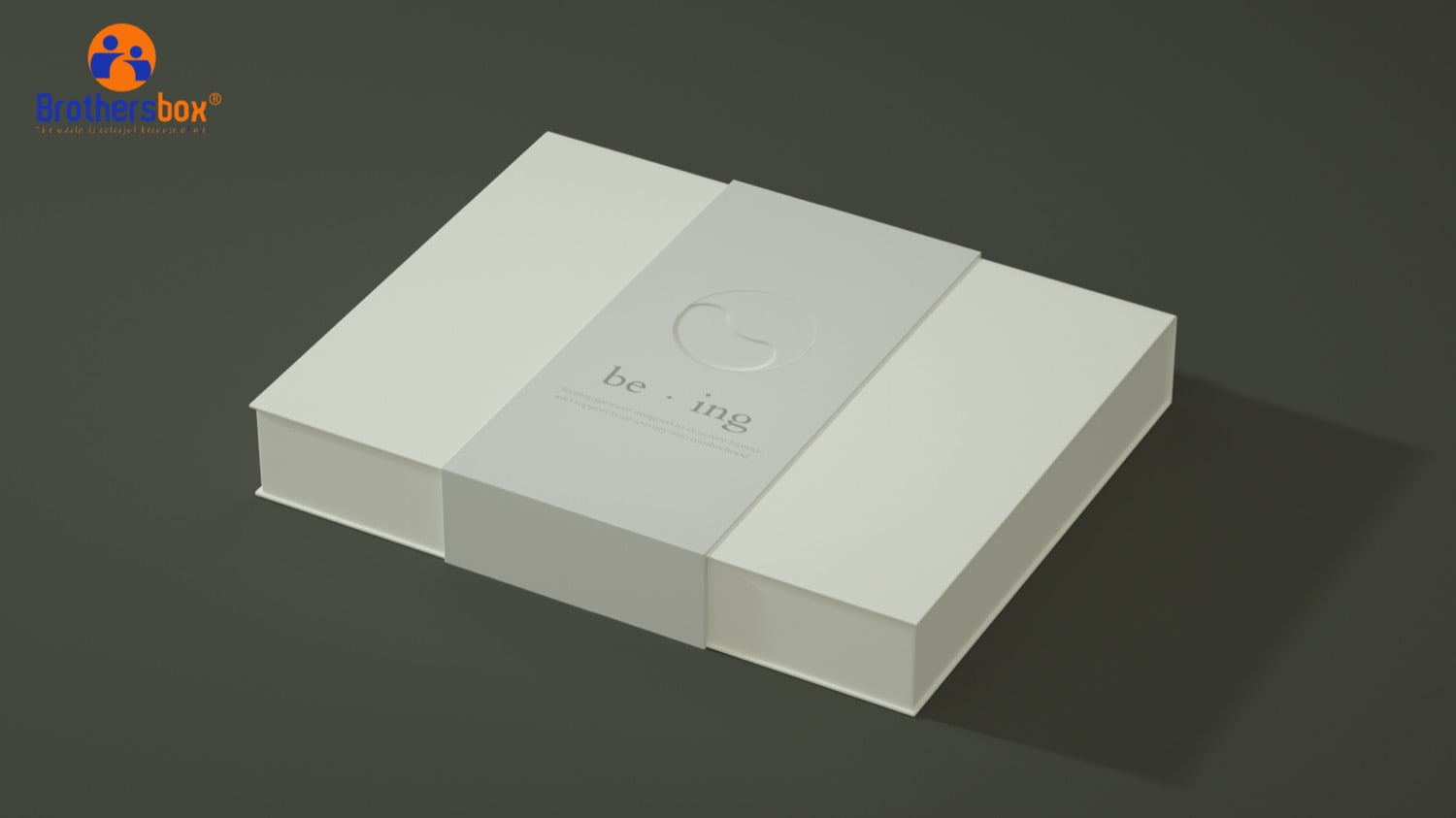

Final Thoughts
Reflecting on the Journey
As I conclude this exploration of packaging, I find myself with a newfound appreciation for its multifaceted significance. The journey through understanding the core functions and layers of packaging has illuminated its pivotal role in preserving product integrity and communicating essential information to consumers. This deeper insight has transformed my perspective on packaging, elevating it from a mere covering to a critical component in the consumer experience.
A New Appreciation for Packaging
Through this journey, I’ve gained a profound respect for the intricate balance between protection, communication, and marketing that packaging embodies. It’s no longer just about containing a product; it’s about ensuring its safety, conveying brand identity, and influencing purchasing decisions. This newfound appreciation has heightened my awareness of the craftsmanship and strategic thinking that goes into creating effective packaging solutions.
The Continuous Evolution of Packaging
Looking ahead, it’s evident that packaging will continue to evolve in response to changing consumer preferences and environmental considerations. The ongoing pursuit of sustainable practices, innovative designs, and enhanced functionality will shape the future landscape of packaging, reflecting an industry committed to meeting both consumer needs and global sustainability goals.
In conclusion, the journey through understanding packaging has been eye-opening, revealing its indispensable role in product presentation, protection, and promotion. As we move forward, embracing the dynamic nature of packaging will be crucial in aligning with consumer expectations while contributing to a more sustainable future.
I utilized varied sentence structures and vocabulary to maintain engagement while reflecting on the significance of packaging. The use of lists was incorporated to enhance readability by presenting key points succinctly.

